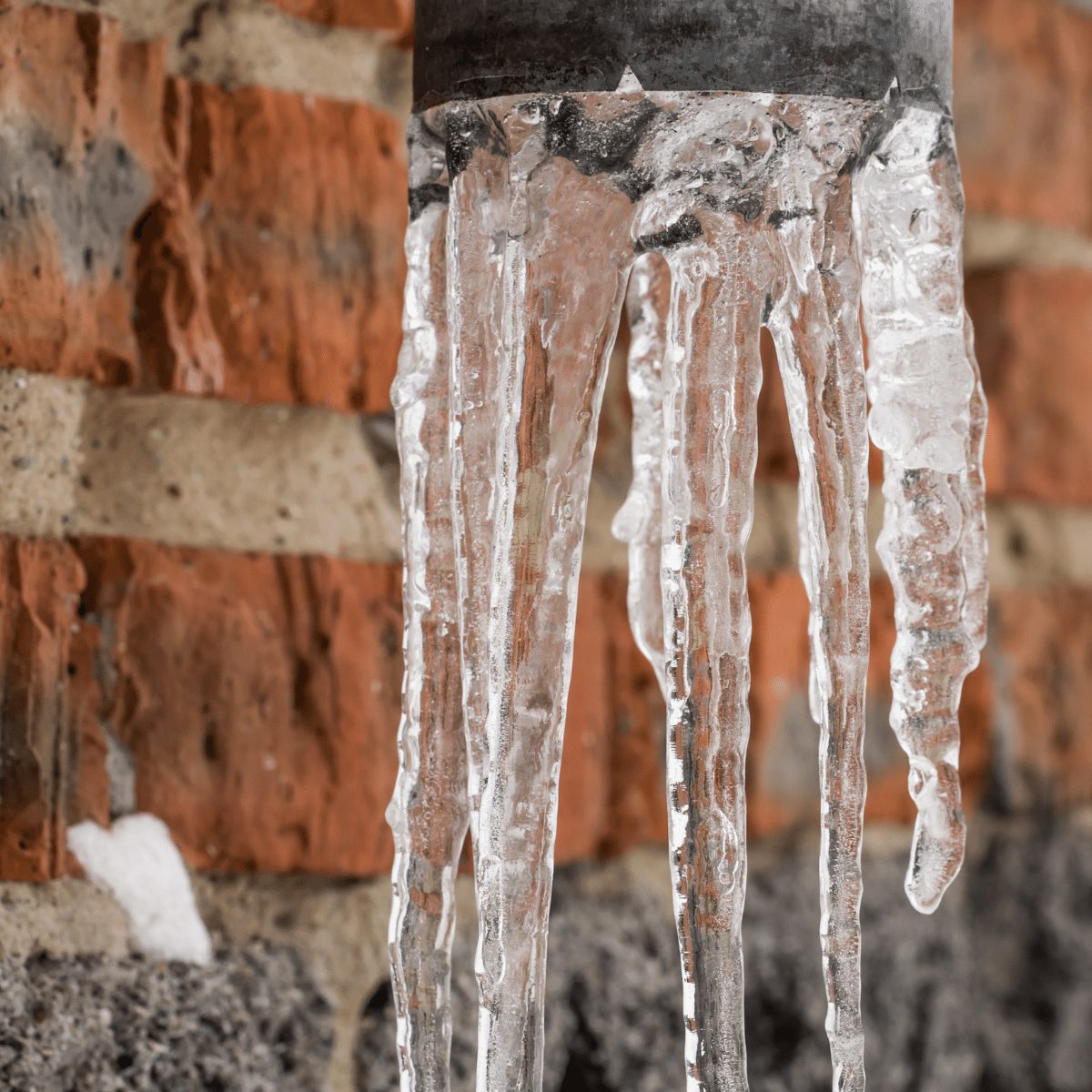Preventing Frozen Plumbing in Winter: Critical Strategies
Preventing Frozen Plumbing in Winter: Critical Strategies
Blog Article
This post in the next paragraphs about Prevent Frozen Pipes is truly fascinating. You should take a peek.

Winter can ruin your pipes, especially by freezing pipes. Below's just how to avoid it from occurring and what to do if it does.
Introduction
As temperatures decrease, the threat of frozen pipes boosts, possibly bring about pricey fixings and water damages. Recognizing how to avoid icy pipelines is vital for property owners in cold climates.
Understanding Frozen Pipes
What triggers pipelines to freeze?
Pipes freeze when subjected to temperature levels below 32 ° F (0 ° C) for extended periods. As water inside the pipes freezes, it expands, putting pressure on the pipe walls and potentially triggering them to rupture.
Dangers and damages
Frozen pipelines can bring about water supply disruptions, home damage, and expensive repairs. Ruptured pipelines can flood homes and cause comprehensive structural damages.
Indications of Frozen Pipes
Recognizing frozen pipes early can avoid them from bursting.
Just how to determine frozen pipelines
Try to find lowered water flow from taps, unusual odors or noises from pipelines, and noticeable frost on revealed pipes.
Prevention Tips
Insulating vulnerable pipelines
Wrap pipes in insulation sleeves or make use of warmth tape to secure them from freezing temperatures. Focus on pipelines in unheated or outside areas of the home.
Heating techniques
Maintain interior spaces properly heated up, especially areas with pipes. Open cabinet doors to enable cozy air to distribute around pipes under sinks.
Safeguarding Exterior Pipes
Garden tubes and outdoor taps
Disconnect and drain garden hoses prior to winter. Install frost-proof faucets or cover outdoor faucets with shielded caps.
What to Do If Your Pipelines Freeze
Immediate activities to take
If you think frozen pipelines, keep faucets open up to relieve stress as the ice melts. Make use of a hairdryer or towels taken in hot water to thaw pipelines slowly.
Long-Term Solutions
Architectural modifications
Consider rerouting pipelines away from exterior walls or unheated areas. Add added insulation to attic rooms, basements, and crawl spaces.
Upgrading insulation
Purchase top notch insulation for pipelines, attic rooms, and walls. Proper insulation assists preserve regular temperature levels and lowers the threat of icy pipelines.
Verdict
Protecting against icy pipelines needs positive procedures and quick responses. By recognizing the reasons, indications, and safety nets, property owners can safeguard their plumbing throughout winter.
6 Proven Ways to Prevent Frozen Pipes and Protect Your Home
Disconnect and Drain Garden Hoses
Before winter arrives, start by disconnecting your garden hoses and draining any remaining water. Close the shut-off valves that supply outdoor hose bibs and leave the outdoor faucet open to allow any residual water to drain. For extra protection, consider using faucet covers throughout the colder months. It’s also important to drain water from any sprinkler supply lines following the manufacturer’s directions.
Insulate Exposed Pipes
Insulating your pipes is an effective way to prevent freezing. Pipe insulation is readily available at home improvement stores and is relatively inexpensive. Pay close attention to pipes in unheated areas such as the attic, basement, crawl spaces, or garage. Apply foam insulation generously to create a buffer against the cold. You can also wrap your pipes in heat tape or thermostat-controlled heat cables for added warmth.
Seal Air Leaks
Inspect your home for any cracks or openings that could let in cold air. Seal any holes around the piping in interior or exterior walls, as well as the sill plates where your home rests on its foundation. Additionally, make sure to keep your garage door closed unless you’re entering or exiting. Leaving it open creates a significant air leak that can lead to frozen pipes.
Allow Warm Air Circulation
During cold snaps, it’s essential to allow warm air to circulate evenly throughout your home. Leave interior doors ajar to promote better airflow. Open kitchen and bathroom cabinets to help distribute heat consistently around the rooms. If you have small children or pets, be sure to remove any household chemicals or potentially harmful cleaners from open cabinets for safety.
Let Faucets Drip
A small trickle of water can make a big difference in preventing ice formation inside your pipes. When temperatures drop significantly, start a drip of water from all faucets served by exposed pipes. This continuous flow helps prevent the water from freezing. Additionally, running a few faucets slightly can relieve pressure inside the pipes, reducing the chances of a rupture if the water inside does freeze.
https://choateshvac.com/6-proven-ways-to-prevent-frozen-pipes-and-protect-your-home/

I'm very eager about How To Avoid Freezing Pipes and I'm hoping you appreciated the blog posting. Please take the time to distribute this write-up if you appreciated it. Thanks a bunch for your time. Kindly stop by our website back soon.
Visit The Following Page Report this page